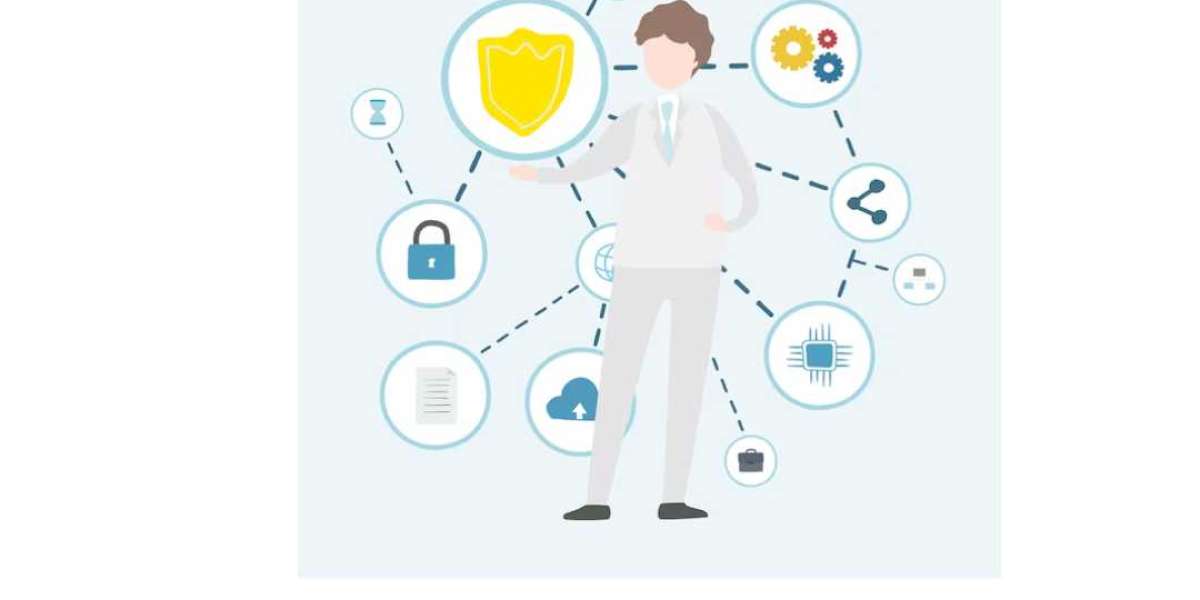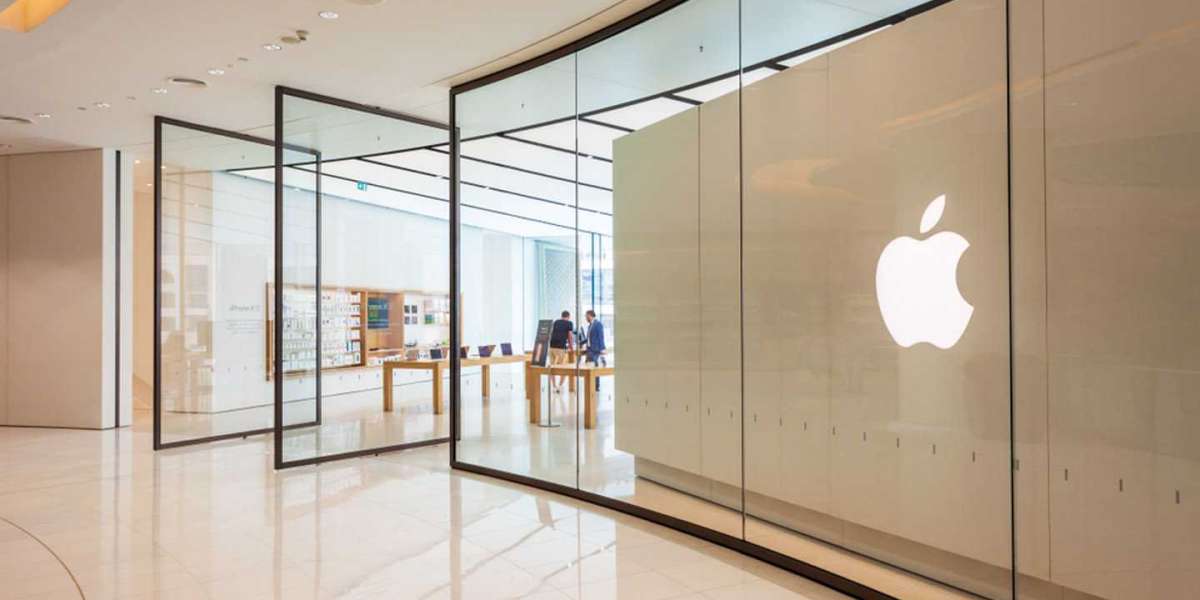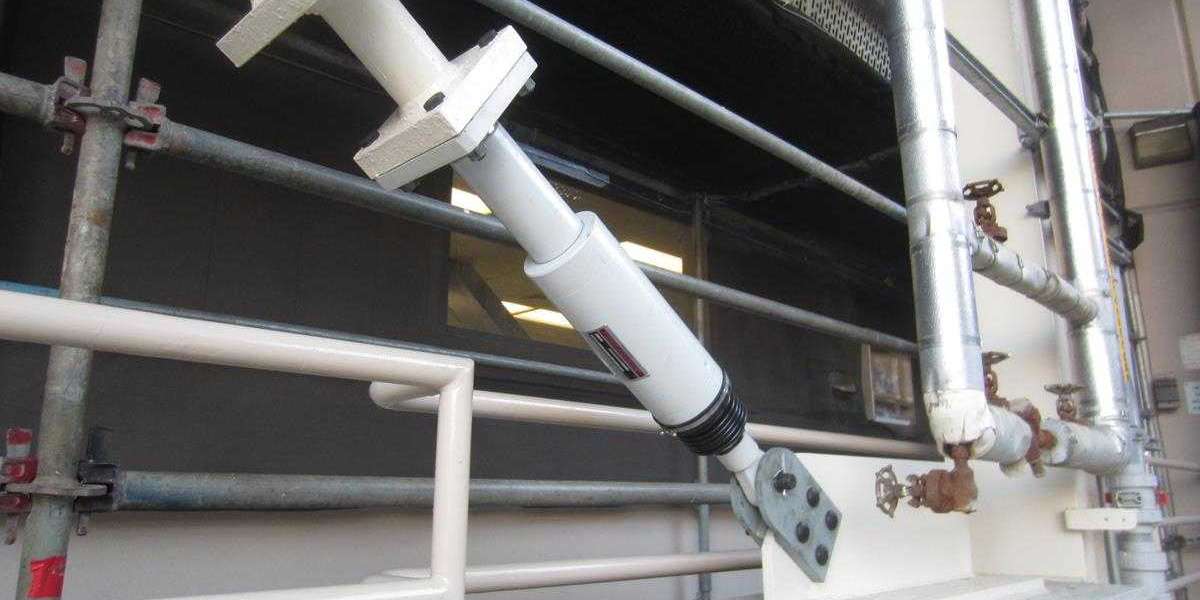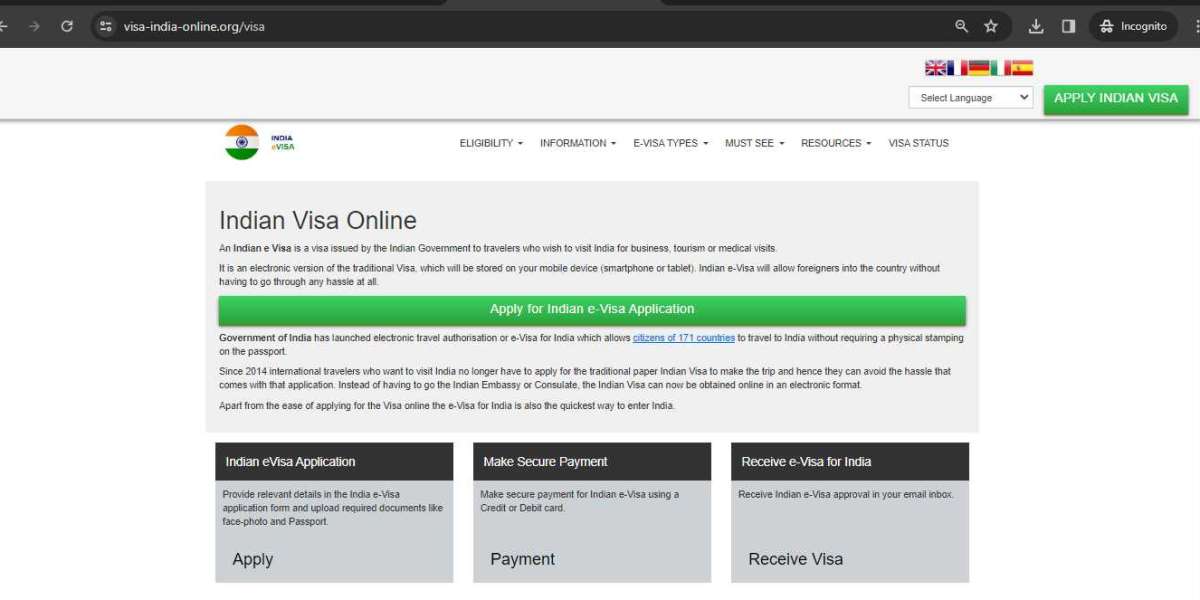In the intricate dance of Mergers and Acquisitions (MA), where companies join forces to achieve strategic objectives, the integration of legacy systems is often a focal point. However, amidst the flurry of operational synergies and strategic alignments, one critical aspect that must not be overlooked is the security and compliance of legacy systems. Here, we delve into the key considerations and strategies to ensure a seamless integration process while safeguarding against potential security risks and compliance pitfalls.
1.Comprehensive Risk Assessment:
Before embarking on the integration journey, conducting a thorough risk assessment of legacy systems is paramount. This involves identifying vulnerabilities, assessing the regulatory landscape, and understanding potential compliance gaps. Such an assessment serves as the foundation for developing a robust security and compliance strategy tailored to the unique characteristics of the legacy systems involved.
2.Data Privacy and Protection:
Data privacy regulations, such as GDPR and CCPA, impose stringent requirements on the handling and processing of personal data. In the context of MA integration, ensuring compliance with these regulations becomes even more complex when dealing with legacy systems containing sensitive information. Implementing robust data encryption, access controls, and anonymization techniques can help mitigate privacy risks and protect sensitive data from unauthorized access or breaches.
3.Legacy System Authentication and Access Controls:
Legacy systems are often plagued by outdated authentication mechanisms and lax access controls, making them susceptible to unauthorized access or data breaches. As part of the integration process, implementing modern authentication protocols, such as multi-factor authentication (MFA) and role-based access controls (RBAC), can bolster security defenses and limit access to sensitive data based on user roles and permissions.
4.Patch Management and Vulnerability Remediation:
Legacy systems, particularly those running outdated software or operating systems, are prone to security vulnerabilities that can be exploited by cyber attackers. Establishing a robust patch management process to regularly update and patch vulnerabilities in legacy systems is essential. Additionally, implementing intrusion detection systems (IDS) and proactive threat monitoring mechanisms can help detect and mitigate security threats in real-time.
5.Continuous Compliance Monitoring:
Compliance requirements are not static and evolve over time with changes in regulations and industry standards. Therefore, implementing a framework for continuous compliance monitoring is critical. This involves conducting regular audits, assessments, and penetration testing to ensure ongoing compliance with relevant regulations and standards. Additionally, maintaining detailed documentation of compliance activities and remediation efforts is essential for demonstrating regulatory adherence to stakeholders and regulatory authorities.
In conclusion, while integrating legacy systems in MA transactions presents numerous benefits in terms of operational efficiency and strategic alignment, it also introduces significant security and compliance challenges. By proactively addressing these challenges and implementing robust security measures and compliance frameworks, organizations can navigate the complexities of MA integration with confidence, safeguarding their valuable assets and maintaining regulatory compliance every step of the way.








